[ad_1]
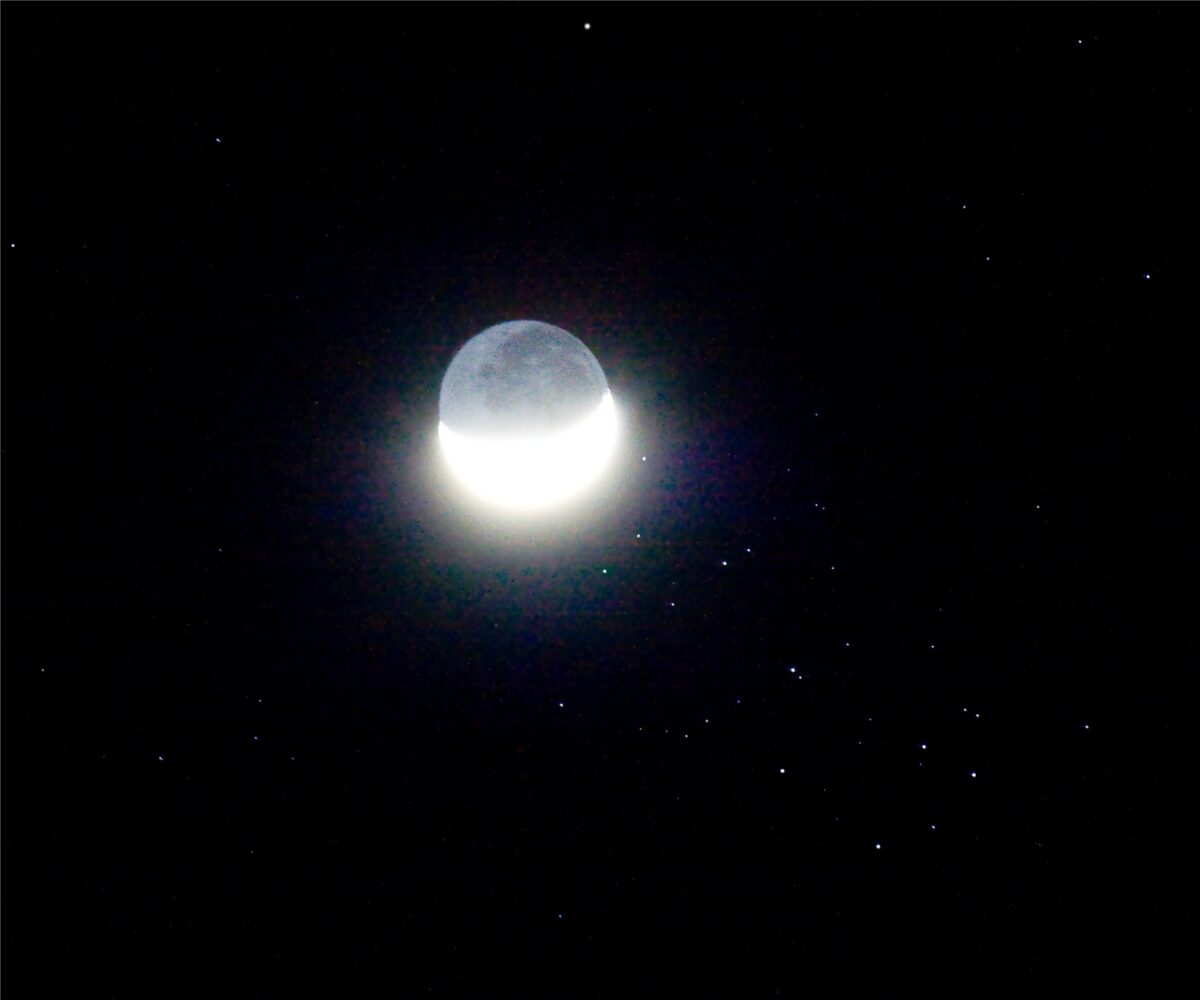
The Moon occulted the Pleiades (M45) on March 20, 2010. This photographer captured the event from San Antonio, Texas. Credit: Ernest D. Adams
Because the Moon is closer to Earth than the planets and stars, it sometimes passes in front of, or occults, more distant objects from our point of view. The early morning of September 22 brings one such event: Around 5 A.M. EDT (2 A.M. PDT), you’ll find a nearly Last Quarter Moon nestled next to the Pleiades star cluster (M45). Over the following two hours, many stars of the Pleiades will be hidden by the Moon in a series of occultations.
Pleiades occultations are always a joy to watch because there are several bright stars — as well as many 7th- and 8th-magnitude stars — occulted during the event. As the Moon slowly progresses eastward, its dark edge approaches each star, and suddenly the star snaps out of view. To see nearly a dozen such events over a short period is exciting.
How to watch the event
You can observe some disappearances with your eyes if your vision is sharp enough, but binoculars or a telescope give better views. You’ll see the orb of the Moon nestled among the stars in M45 as the optics you choose reveal each one winking out. Twilight interferes with the later events for the Eastern time zone, but observers farther west will witness the full sequence of occultations.
M45 spans almost 1° from Electra to Atlas (17 and 27 Tauri, respectively), and because the Moon moves its own width (about ½°) every hour, most of the stars between Electra and Alcyone (Eta [η] Tau) are occulted in the first hour. The two bright stars Atlas and Pleione (28 Tau) are occulted 40 minutes after Alcyone, extending the entire sequence to almost 2 hours.
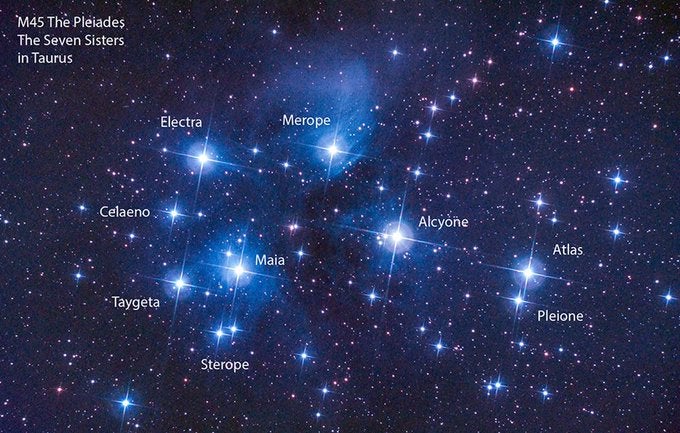
Occultations are best observed through a telescope, where under high magnification, the faint dark edge of the Moon can be seen approaching each star, while much of the bright Moon itself can be moved out of the field of view. Some telescopes will see almost a dozen 7th-magnitude stars also being occulted, making it a busy evening.
Occultations of the Pleiades don’t occur every month, or even every year, because the Moon’s orbit is tilted with respect to the plane of Earth’s orbit around the Sun, called the ecliptic. Instead, Luna wanders from 6° above to 6° below the plane of the ecliptic over a roughly 18-year cycle.
The Pleiades stand 4° north of the ecliptic and are currently occulted monthly in a series that began September 5, 2023, and will continue until July 7, 2029. However, many of these events occur in daylight across the U.S. Consequently. Overall they are quite rare, and it makes this month’s event very special. The last occultation series of the Pleiades took place in 1986, 1992, and 2010.
When to watch the stars disappear
One particular complicating factor in predictions of these events is that they depend on your geographic location. The edge of the Moon is curved, and additionally the Moon is relatively close to us. Observing from different latitudes means that a different part of that edge will cover a star. So, an observer at mid-latitudes might see the leading edge of the bulging Moon cover a star at a specific time, while someone farther north may see the same event occur later because the Moon’s edge curves away from us and causes the occultation to occur later at higher latitudes.
But don’t worry — there is help. The International Occultation Timing Association (IOTA) has a website featuring accurate times of occultations of bright stars from many cities across the U. S. and around the world. We’ve produced a short list of them in the table below. You can access the full list of cities here — just scroll down to the correct date and pick the star you wish to focus on. Note that times are given in Universal Time. (IOTA’s main site is located here.)
For most observing sites across the U.S., Electra will be the first star to disappear. It’s the westernmost star and glows at magnitude 3.7. Fifth-magnitude Celaeno (16 Tau) will be occulted within a few minutes of its brighter neighbor. Nearly 30 minutes later (again, timing varies with your local latitude) comes magnitude 4.3 Taygeta, followed a few minutes later by magnitude 3.8 Maia (20 Tau).
The southern limb of the Moon will miss Merope unless you are north of roughly 38° north latitude in the Mountain time zone. A narrow region will see Merope graze along the southern limb, alternately being hidden by mountain peaks and jumping into view in valleys. A grazing occultation is visible from a zone usually about two miles (3.2 kilometers) wide, depending on the lunar topography. The timings can be used afterward to determine details of the lunar profile and give an accurate fix of the position of the Moon relative to the star.
Likewise for some cities north of Chicago, Denver, and across Los Angeles, Electra undergoes a grazing occultation. If your city is near the graze zone, the timing of disappearance can vary significantly, so be prepared early.
Alcyone, the brightest Pleiad at magnitude 2.8, will be occulted about 45 minutes after Maia. And last but not least, Atlas (magnitude 3.6) and Pleione (magnitude 5.0) disappear about 45 minutes later. For some locations in the southwestern U.S., the Moon will miss Atlas.
The occulted stars reappear from behind the Moon’s bright sunlit edge up to an hour or so after disappearing. Reappearances at the bright limb are much harder to see.
Occultation times for various cities
| Star | Boston (EDT) | Kansas City (CDT) | Houston (CDT) | Chicago (CDT) | Denver (MDT) | Salt Lake City (MDT) | Los Angeles (PDT) | Seattle (PDT) |
| Electra | 06:23:35* | 04:44:45 | 04:22:28 | 05:01:02 | 03:39:39 | graze | 02:31:10† | miss |
| Merope | daylight | 05:12:04 | 05:22:12!† | 05:25:58* | 03:51:03 | 03:42:25 | 02:23:08 | 02:48:46 |
| Alcyone | daylight | 05:55:18 | 06:00:17 | 06:08:29* | 04:35:04 | 04:25:52 | 03:05:25 | 03:32:58 |
| Atlas | daylight | 06:59:03* | miss | daylight | 05:36:38* | 05:18:37 | 04:07:57 | 04:03:31 |
† Close to graze – timing varies significantly with small changes in location
! Houston sees Maia occulted a few minutes before Merope (~05:19 A.M. CDT)
[ad_2]
Source link

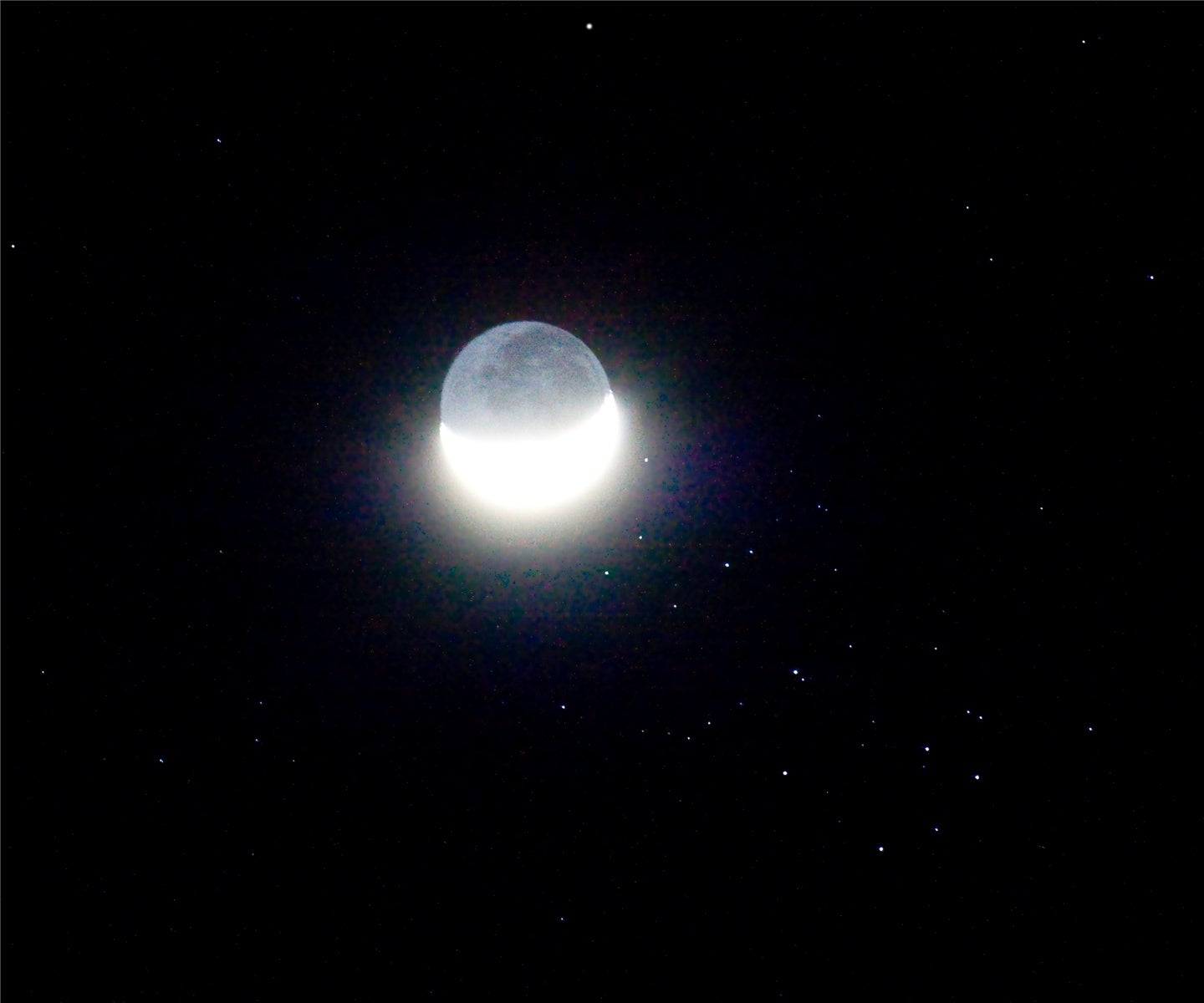
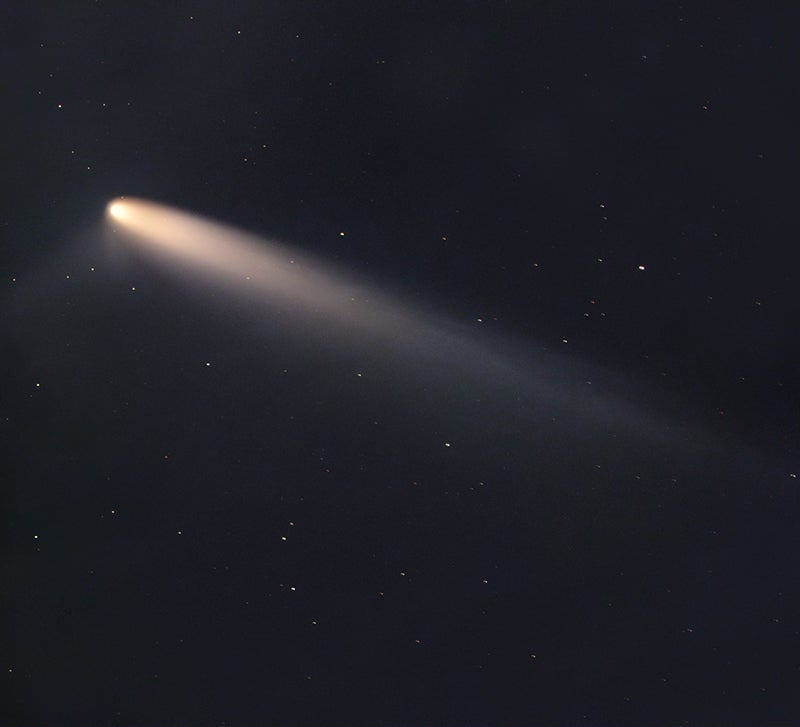
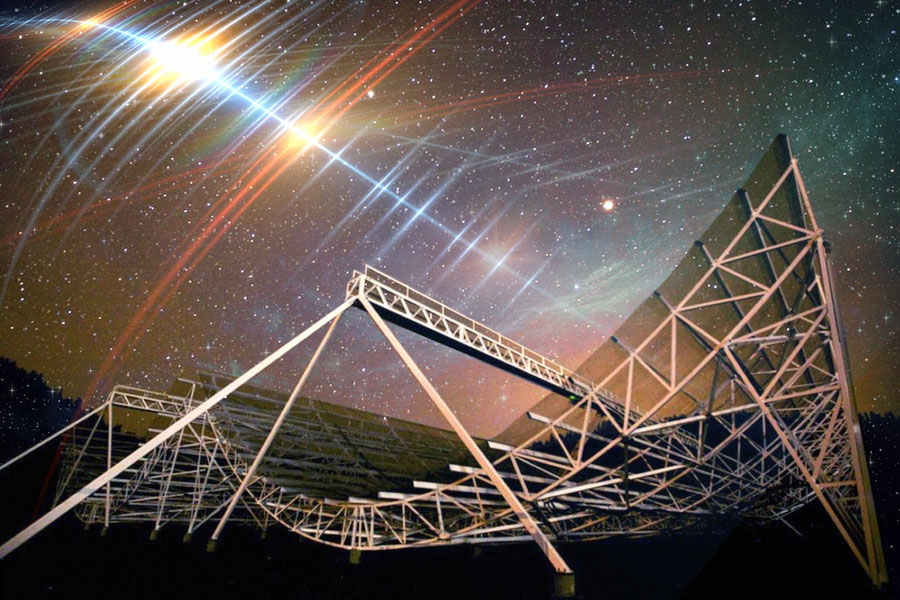
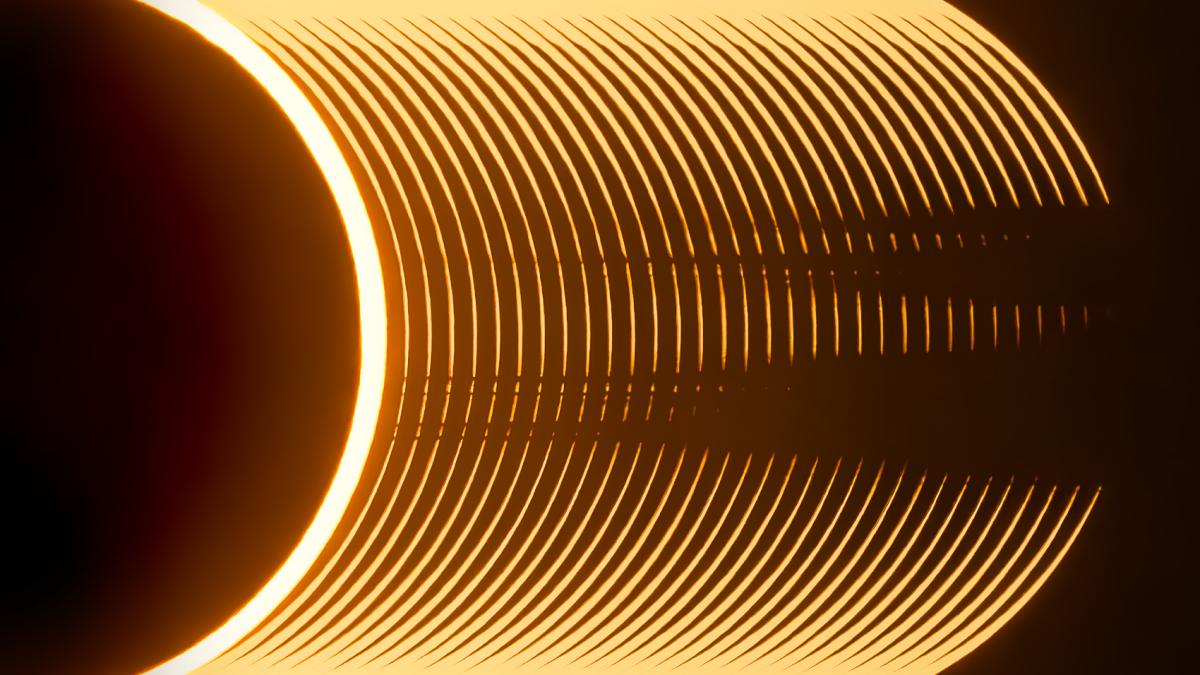
No comments! Be the first commenter?